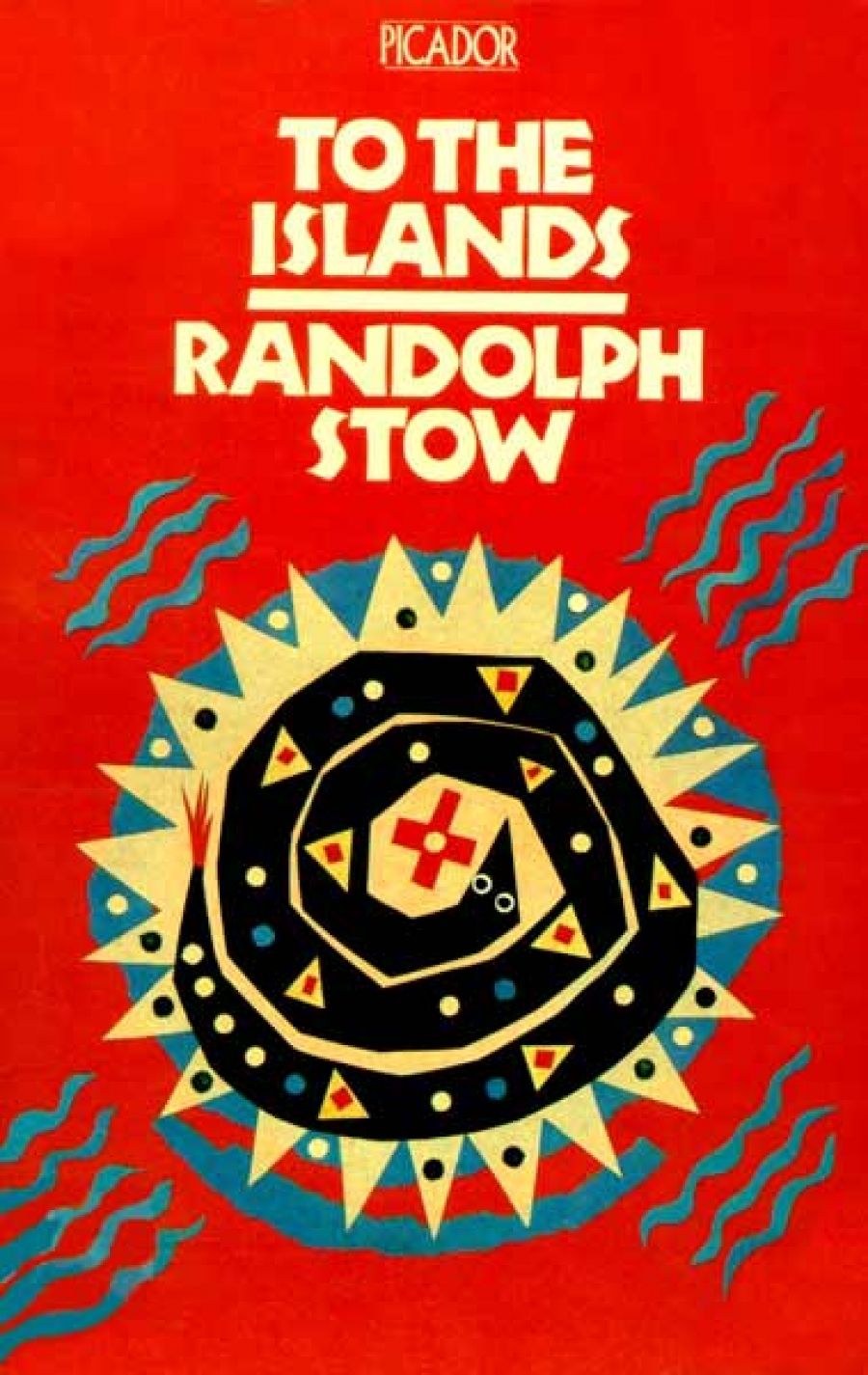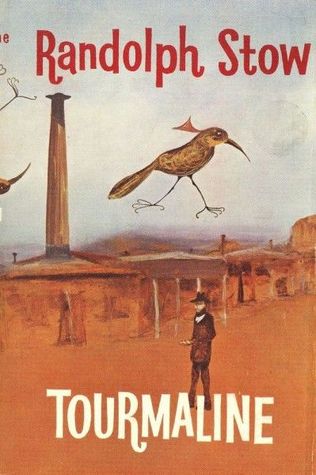
- Free Article: No
- Contents Category: Fiction
- Review Article: Yes
- Online Only: No
- Custom Highlight Text:
Before the age of thirty, Randolph Stow had published five novels and a prize-winning collection of poetry. In Australia, only Kenneth Mackenzie, another Sandgroper, had made a similar youthful impact. Mackenzie’s first book, The Young Desire It, was published in 1937, though I believe drafted some time before that. Stow’s The Haunted Land (1956) was written when he was only seventeen. When another precocious young Western Australian, Tim Winton, published his first novel, he was painfully conscious of these precursors. This was crucial for Winton, because both Mackenzie and Stow were to have troubled creative lives: Mackenzie died relatively young, his later novels disadvantaged by the youthful brilliance of his first. Randolph Stow, after his three initial successes, has published only five further novels, two collections of poems and a book for children. It has been a career with long silences.
- Book 1 Title: To the Islands
- Book 1 Biblio: UQP, $19.95 pb, 186 pp
- Book 1 Readings Link: booktopia.kh4ffx.net/DD6dj
- Book 2 Title: Tourmaline
- Book 2 Biblio: UQP, $19.95 pb, 210 pp
- Book 2 Cover Small (400 x 600):

- Book 2 Cover (800 x 1200):

- Book 2 Cover Path (no longer required): images/1_SocialMedia/2021/Jan_2021/META/28462824._SY475_.jpg
- Book 2 Readings Link: booktopia.kh4ffx.net/QV93P
To the Islands (1958) – winner of the second Miles Franklin Award – remains a remarkable book, the more so considering that Stow was only twenty-two when he wrote it. It is possible to see it, as the author himself insists, as his first mature work. It is also possible to see it as a novel bearing traces of a youthful passion, and a youthful obsession with age and dying. When it was first published, it came hot on the heels of Patrick White’s Voss (1957). The similarity of themes – journey into the desert and the self – immediately grouped them together, even though To the Islands was written before Stow had read Voss. White had impressed on a rising generation of Australian novelists that fiction did not have to be social realism. It is possible to see the essentially poetic expressionism of White becoming a beacon not only for Stow, but also for Christopher Koch, Ray Mathew, and the young George Turner.
One of the calamitous sloughs Australian literature has fallen into recently has been the disappearance of key works. As any teacher knows, it has become impossible to use or refer to most Australian books of the past thirty years – of the past five years – because they are not for sale in bookshops, no longer on library shelves, and often out of print, seemingly destined to stay that way. Young Australian writers, and students, are pitifully ignorant of texts that have been formative in our literary development. Gerald Murnane, when he received the Patrick White Award in 1999, made a great stir by stating bluntly that all his books were out of print, even though a critical volume on his work had recently appeared. I suspect that even bestselling authors such as Thomas Keneally and Elizabeth Jolley would have great gaps in their available titles. Perhaps only David Malouf, among contemporary Australian authors, can boast an almost complete backlist. And he has an English publisher.
The republication of these two books, therefore, is admirable. To the Islands reads strongly still. It is novella length in this current, slightly pared-down edition, something the author himself directed. The protagonist, Heriot, is sixty-seven when, in despair and world-weariness, he undertakes his trek into the Kimberleys. I suspect that Stow, himself now sixty-seven, might have found a quality of contentment he could not, at twenty-two, allow his tragic hero. But the choice was made, and the story is compelling. The incidental characters, interestingly, have a life of their own. Stow had a quick ear for speech and the silences between spoken words, and his evocation of environment was, from the outset, one of his commanding qualities.
These qualities are also evident in Tourmaline (1963), a more confronting novel. The bleak and symbolically poetic opening chapter was in some ways Stow’s most obvious heritage from Voss. Tourmaline makes its initial tributes to the Master, but it maintains a tricky balance between Stow’s own quizzical version of a Steele Rudd family and a personal exploration of Taoism. The locals are unforgettable. Stow has a comic thrust and an acute ear for barroom banter (so laconic, in fact, that it is Beckett-like in its minimalism, without the sourness of Beckett). The character of Byrne is so accurate in its wit and affection that he must be one of the great losers in Australian literary history. The small, but sharply defined, cast of derelicts and no-hopers in Tourmaline give the book its humanity. The stranger in town, the diviner, coerced into the role of Prophet, pulls the dead town apart and gives it unity.
The desert, in Tourmaline, is rightly in the foreground, but it is a townscape desert, and therefore as leeringly familiar as the next drought. The narrative voice (of The Law) creaks a little. But small flaws aside, the book endorses the power and originality of Stow’s voice and imagination. This was to be more than amply demonstrated in his subsequent novels. Of these, Visitants (1979) is, for me, perhaps the masterpiece in Stow’s oeuvre.
Younger writers and readers could learn some cunning elements of craft, brevity and sheer power by reading To the Islands and Tourmaline in these neat and attractive editions.
Did young writers aim higher in the 1960s? In retrospect, everything seemed possible. These two books illustrate something of the thrust and energy of the period that was just beginning, and that was to flower into one of the great moments of creativity in our literature. It is to be hoped that the ever-resourceful UQP reissues Stow’s other novels (especially Visitants) in this impressive series. After that, let’s hope it casts its net wider to disinter other near-forgotten treasures.


Comments powered by CComment